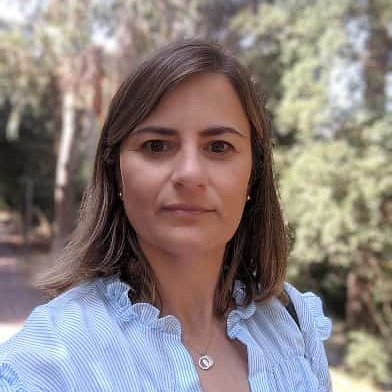Nanostructured Materials for Applications in Heterogeneous Catalysis II
A special issue of Catalysts (ISSN 2073-4344). This special issue belongs to the section "Catalytic Materials".
Deadline for manuscript submissions: closed (31 December 2022) | Viewed by 1671
Special Issue Editor
Interests: photocatalytic science and technology; heterogeneous catalysis; environmental catalysis; green chemistry; fine chemical synthesis; solar fuels; materials science; chemical engineering
Special Issues, Collections and Topics in MDPI journals
Special Issue Information
Dear Colleagues,
This is the second edition of the Special Issue titled “Nanostructured Materials for Applications in Heterogeneous Catalysis”. Advanced nanotechnology has been in rapid development over the last few decades. A great deal of effort has been made in the rational design and preparation of a novel family of complex solids with attractive characteristics, which have already found applications in catalysis. When nanostructured materials are applied as heterogeneous catalysts, in comparison with traditional powdery catalysts, the former exhibit the superior properties of nanoparticles and new effects originating from synergies at the nanoscale, with many unmatchable improvements in terms of size, shape, surface structure, number of catalytically active sites, catalytic selectivity and so on, as identified by molecular-level study of the reaction mechanism.
The unique synergy between surface chemistry and nanostructure has led to many exciting developments in the field of heterogeneous catalysis, gradually becoming the hotspot of materials science and promising to revolutionize chemical manufacturing. The aim of this Special Issue is to cover promising recent research and novel trends in heterogeneous catalysis employing various nanostructured materials for extensive applications in the fields of thermal catalysis, photocatalysis, electrocatalysis, photoelectrocatalysis, biocatalysis etc., in research areas ranging from environmental remediation to organic transformations and renewable energy.
Dr. Cláudia Gomes Silva
Guest Editor
Manuscript Submission Information
Manuscripts should be submitted online at www.mdpi.com by registering and logging in to this website. Once you are registered, click here to go to the submission form. Manuscripts can be submitted until the deadline. All submissions that pass pre-check are peer-reviewed. Accepted papers will be published continuously in the journal (as soon as accepted) and will be listed together on the special issue website. Research articles, review articles as well as short communications are invited. For planned papers, a title and short abstract (about 100 words) can be sent to the Editorial Office for announcement on this website.
Submitted manuscripts should not have been published previously, nor be under consideration for publication elsewhere (except conference proceedings papers). All manuscripts are thoroughly refereed through a single-blind peer-review process. A guide for authors and other relevant information for submission of manuscripts is available on the Instructions for Authors page. Catalysts is an international peer-reviewed open access monthly journal published by MDPI.
Please visit the Instructions for Authors page before submitting a manuscript. The Article Processing Charge (APC) for publication in this open access journal is 2700 CHF (Swiss Francs). Submitted papers should be well formatted and use good English. Authors may use MDPI's English editing service prior to publication or during author revisions.
Keywords
- nanostructured materials
- surface chemistry
- heterocatalysts
- photocatalysts
- electrocatalysts
- biocatalysts
- conventional catalysts
- renewable energy
- environmental remediation
- organic transformation





